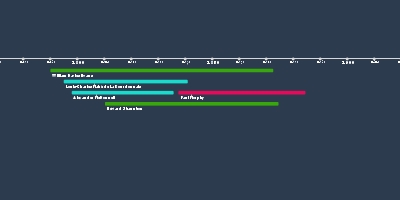Hypermodern Chess (1 jan 1918 ano – 1 jan 1950 ano)
Descrição:
Hypermodernism is a school of chess that emerged after World War I.It featured challenges to the chess ideas of central European masters, including Wilhelm Steinitz's approach to the center and the rules established by Siegbert Tarrasch.
Hypermodernism showed that games could be won through indirect control of the center using pieces, breaking with the classical view that the center must be occupied by pawns.
The Hypermodern school of chess theory came to prominence in the 1920s. Leading members were Aron Nimzowitsch, Richard Réti, Savielly Tartakower, Gyula Breyer, Efim Bogoljubov, and Ernst Grünfeld, who all came from Central Europe.
Nimzowitsch wrote "My System" one of the early works on hypermodernism—introduced many new concepts to followers of the modern school of thought. It is generally considered to be one of the most important books in the history of chess.
Réti published "The New Ideas in Chess", an examination of the evolution of chess thinking from the time of Paul Morphy through the beginning of the Hypermodern school.
In practice, hypermodernism has not replaced the classical theory of Steinitz and Tarrasch. Instead, modern chess textbooks describe hypermodernism as an addition, or extension, to classical theory.
Adicionado na linha do tempo:
Data:
1 jan 1918 ano
1 jan 1950 ano
~ 32 years
